It’s not an easy task to introduce a brand new product to the market. Sometimes consumers aren’t ready for the product, sometimes they fail to make a use of it. And if that happens even an enormous marketing budget can’t make people buy it.
Here at Bored Panda we gathered some products that are notorious for being so unsuccessful that some of them even managed to drive companies out of business. From re-branding and product extension fails, such as Colgate lasagna, to startup companies, like Juicero, these products made people scratch their heads with confusion. Scroll below to delve into the world of the biggest product flops ever.
Edsel, Ford Motor Company, 1957
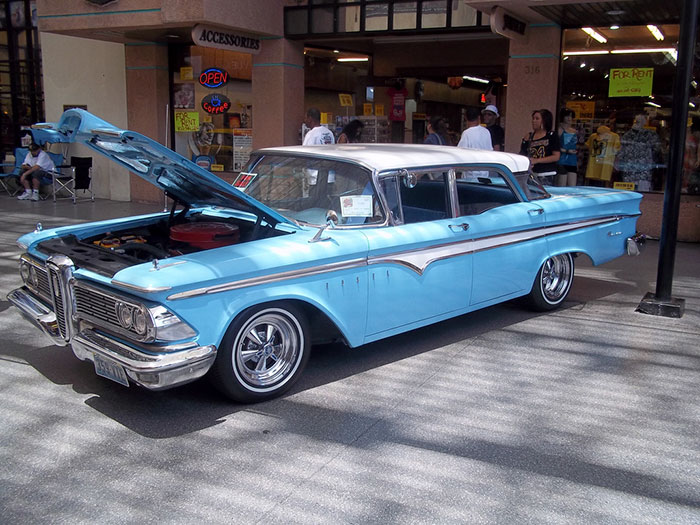
Back in 1957, Ford Motor Company manufactured a car named Edsel. The company invested $400 million into development, manufacturing, and marketing believing that Edsel is the “car of the future”. However, once it was unveiled to the public, it failed so badly to appeal to the consumers, that Ford ended up losing $250 million. Edel was taken off the market in 1960 and became an example of how not to market a product.
Image credits: time anchor
Sony Betamax, 1975
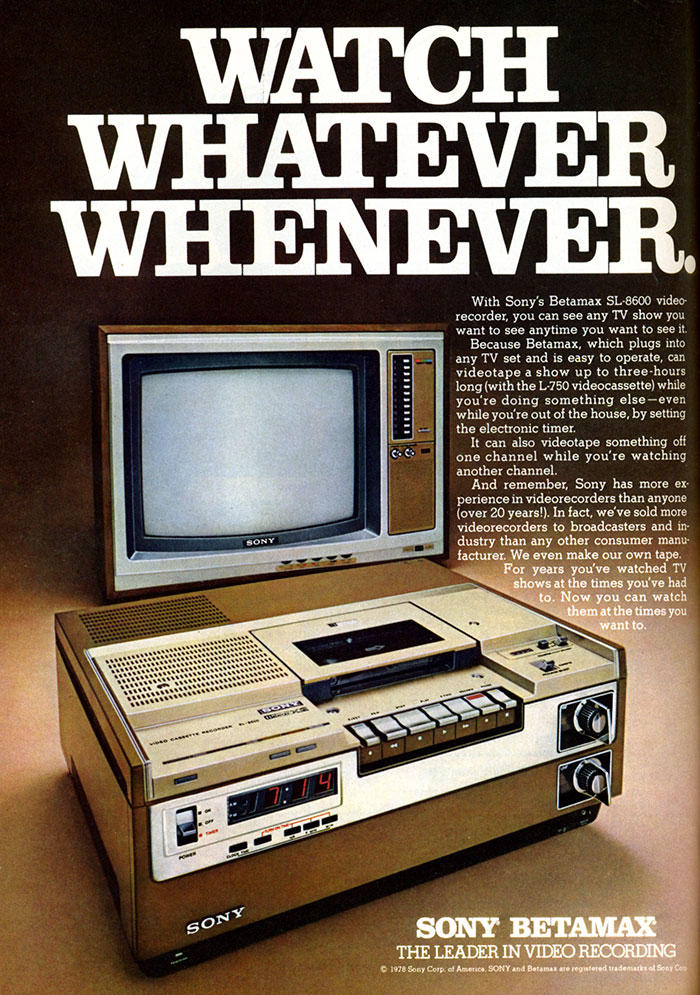
Sony Betamax was released in 1975 and it was a huge mistake because it rivals started selling VHS machines. Betamax format was crushed in the “videotape format war” by the VHS. Consumers prefer it mainly because VHS recording time was 2hours, and it allowed the most feature films to be recorded without a tape change.
Image credits: Jussi
New Coke, Coca-Cola Co, 1985
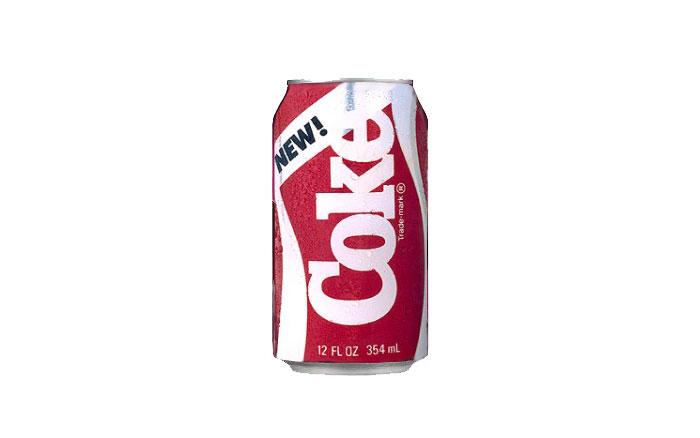
In 1985 Coca-Cola Co. decided to reformulate Coke. The company invested $4 million into the nationwide taste test. And despite the New Coke doing well in taste tests, after the launch, people reactions were extremely negative. Within three months of the New Coke’s launch, the company had to reintroduce original formula and rebranded as Coca-Cola Classic.
Image credits: wikipedia
Pepsi A.M, 1989
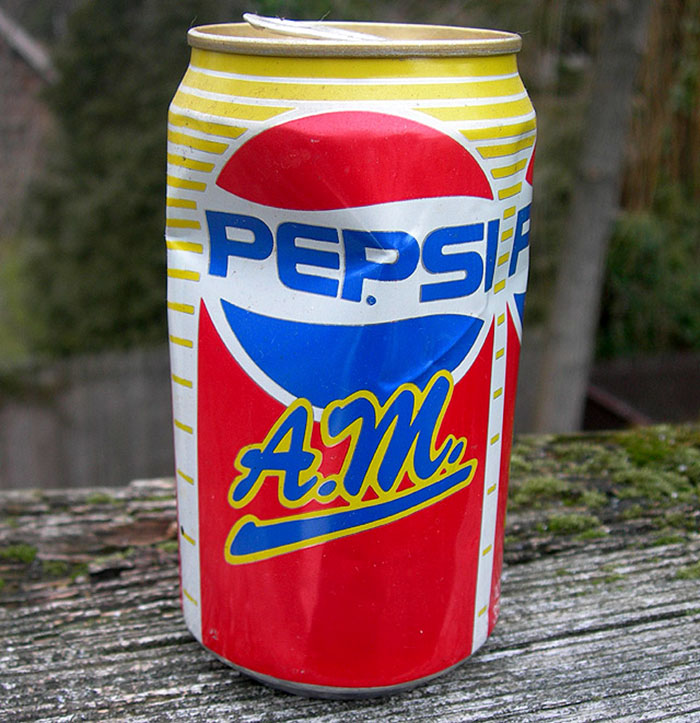
In 1989 Pepsi introduced Pepsi A.M. This new formula contained more caffeine than regular Pepsi and was marketed as a morning drink. However, consumers were not fond of the idea of drinking Pepsi for breakfast. As a result, Persi A.M. was discontinued a year later
Image credits: dinosaurdracula
Crystal Pepsi, 1992
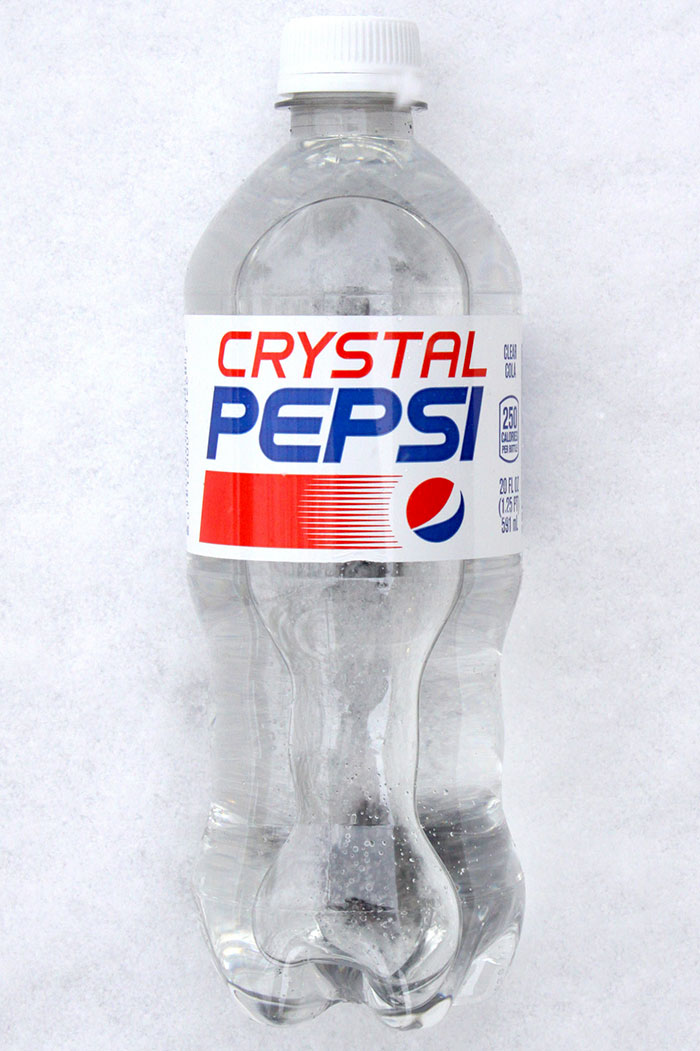
In 1992 Pepsi introduced clear soda “Crystal Pepsi”. The product died a year later. David C. Novak who is credited with introducing the Crystal Pepsi concept admitted: “It would have been nice if I’d made sure the product tasted good”.
Premier smokeless cigarettes, RJ Reynolds Tobacco Company, 1989

In 1988 RJ Reynolds Tobacco decided to develop a smokeless cigarette. The company invested $325 million into the manufacturing and came up with cigarettes branded as Premier which, according to RJ Reynolds himself, “tasted like shit”. No surprised people were not buying them.
Image credits: gettyimages
Coors Rocky Mountain Spring Water, 1990
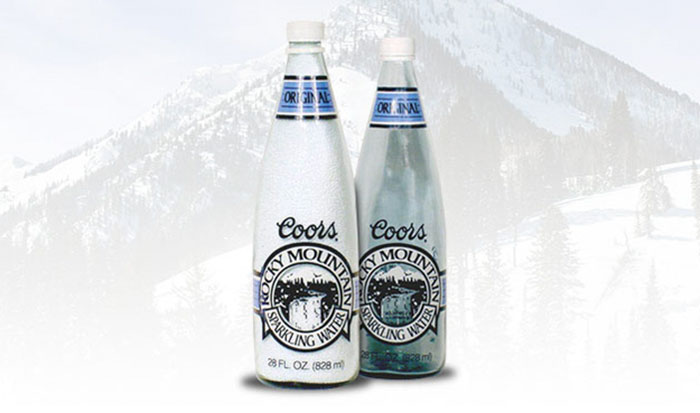
In 1990 the Coors Brewing Company decided to launch its first nonalcoholic beverage since Prohibition. As it turns out, many people were confused by Coors Rocky Mountain Sparkling Water, since it had a similar name and label to that of Coors beer. The product was discontinued in 1997 as low sales forced Coors to stick with selling beer.
Image credits: rmsbunkerblog
Apple Newton, 1993

The Newton was a personal digital assistant developed by Apple. It was the first device to feature handwriting recognition. At first sight, the device was innovative but was later discontinued because of the problems with handwriting recognition feature and high price.
Image credits: moparx
Microsoft Bob, 1995
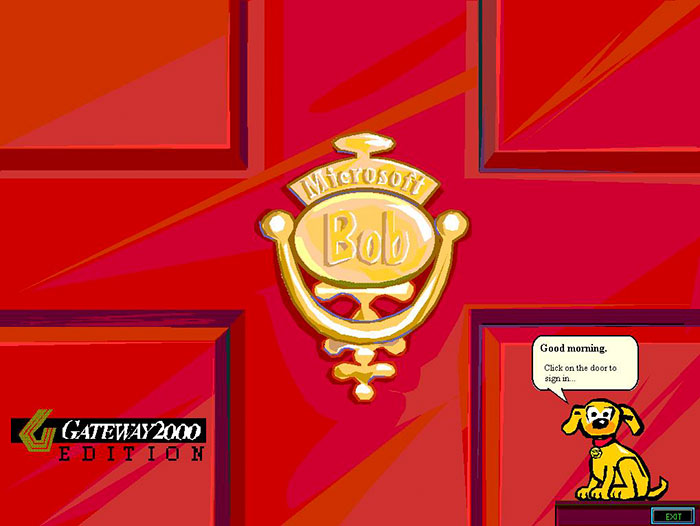
Microsoft introduced a software called Bob in 1995. The Bob was supposed to make windows more user-friendly by transforming the desktop screen into an image of a room to help users find and understand programs better. However, it was a huge unworkable mess and Bob was discontinued a year later.
Image credits: bentuser
Nintendo’s Virtual Boy, 1995
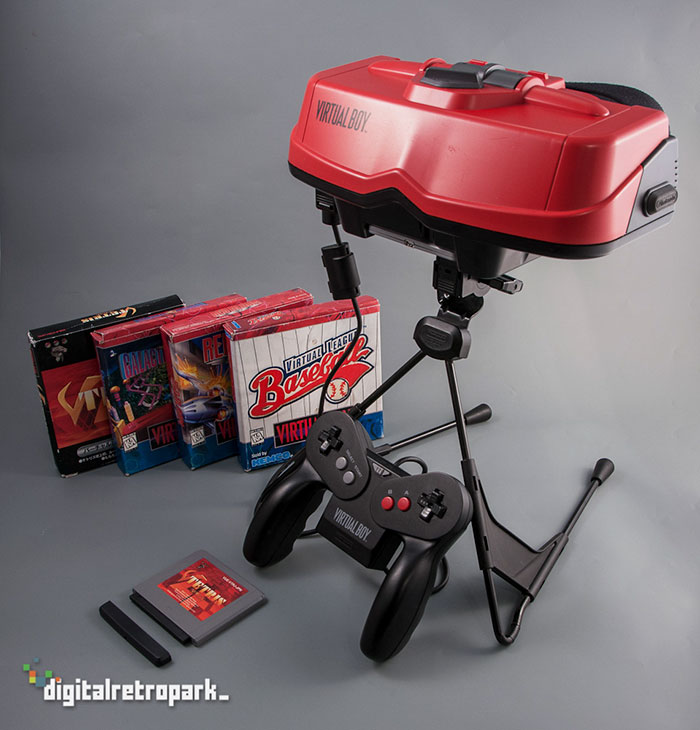
In 1995 Nintendo introduced a huge mess called the Virtual Boy which was marketed as a first virtual reality console. In reality, it was far from it. The console actually used a parallax effect to create an illusion of depth.
The reviews were mainly negative, and as the sales plummeted Virtual Boy was considered a huge failure.
Image credits: dandee_occ
McDonald’s Arch Deluxe, 1996

In 1996 McDonald decided to broaden its target demographic by introducing a burger Arch Deluxe. Mustard-mayonnaise sauce was supposed to appeal to adult tastes, however, even $100 million worth advertising campaign couldn’t convince grown-ups to eat the burger. The Arch Deluxe was soon discontinued and its marketing campaign now is considered to be one of the most expensive flops of all time.
Image credits: RetroNewsNow
Orbitz soda, Clearly Canadian Beverage Corporation, 1997
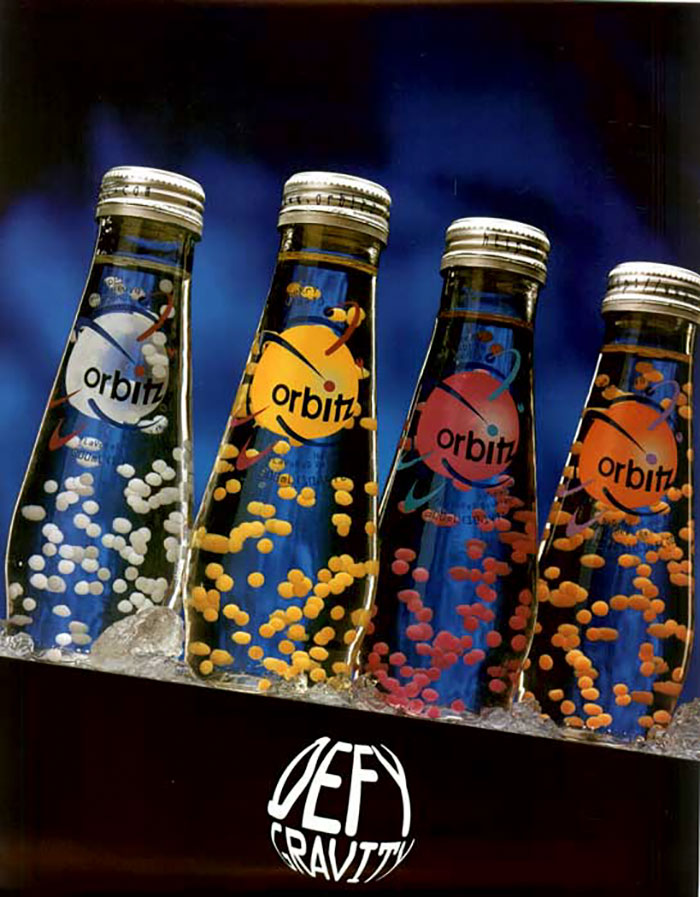
Orbitz drink which resembles a lava lamp caught consumers attention in 1988. However, according to reviews, its taste wasn’t worth the hype. People began comparing the beverage to cough syrup and the gel balls were only making the taste worse.
Image credits: wikipedia
Frito-Lay WOW! Chips, 1998
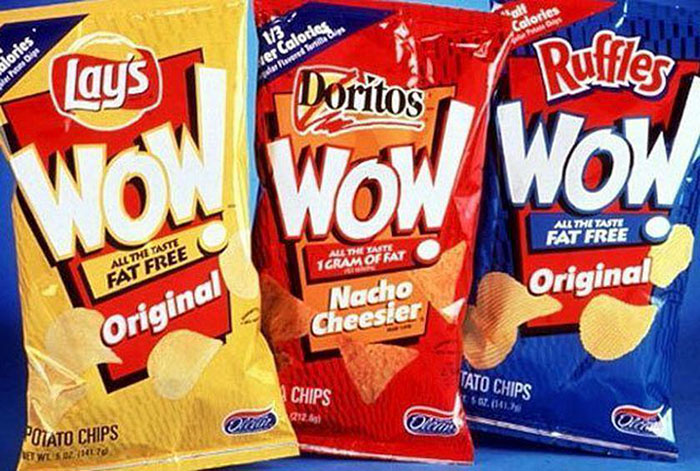
In 1998 Frito-Lay introduced new fat-free potato chips. People seemed to be hyped with this “miracle food” and within the first year sales reached $400 million. But soon enough sales plummeted when it was revealed that these chips contain Olestra, a fat substitute with very undesirable side effects, such as abdominal cramping and loose stools.
Image credits: thedailymeal
Cosmopolitan Yogurt, 1999
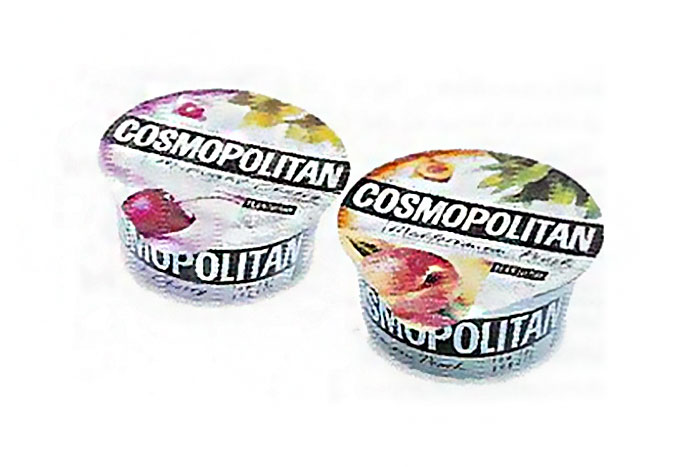
In 1999 Cosmopolitan magazine decided to get into the food game. They came up with an idea of Cosmopolitan yogurt however it seemed, although magazine’s target audience loves yogurt, they didn’t love the one Cosmopolitan sold. It was discontinued only after 18 months.
Image credits: kirstiecrotty
Microsoft Zune, 2006
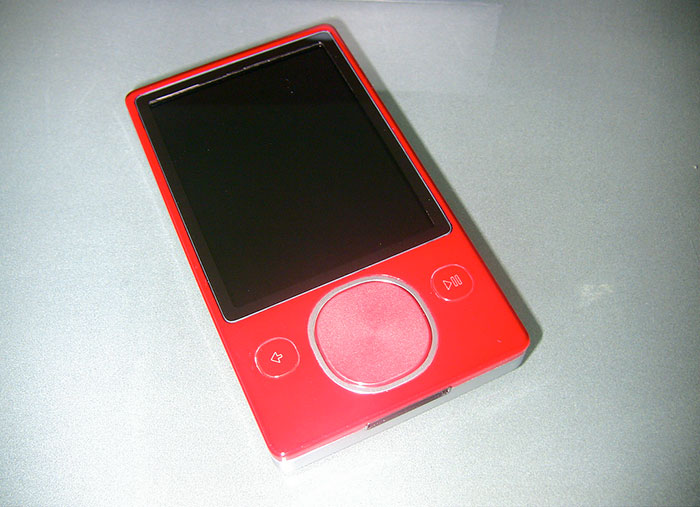
In 2006 Microsoft came up with a Zune, which supposed to become an iPods rival. However, Zune failed to convince consumers that it’s as good as the iPod. In 2011 Zune players were discontinued.
Image credits: Robert Nelson
Google Lively, 2008
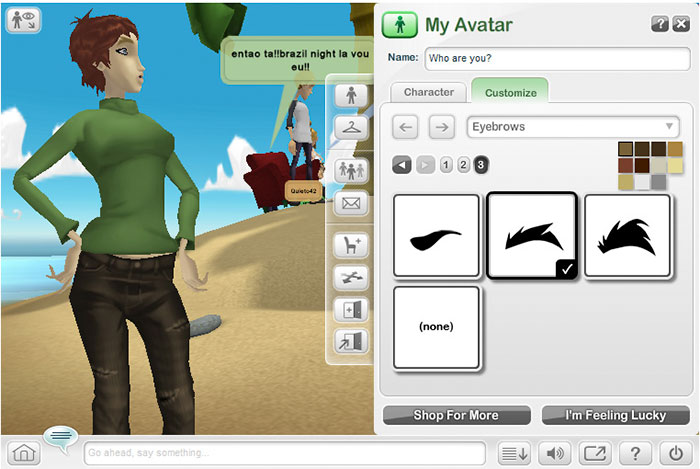
Back in 2008 when the virtual world “Second Life” was thriving, Google decided to create its own version and called it “Lively”. It turned out to be a really bad idea and “Lively” was closed after less than a year.
Image credits: IT.com.mk
Qwikster, 2011
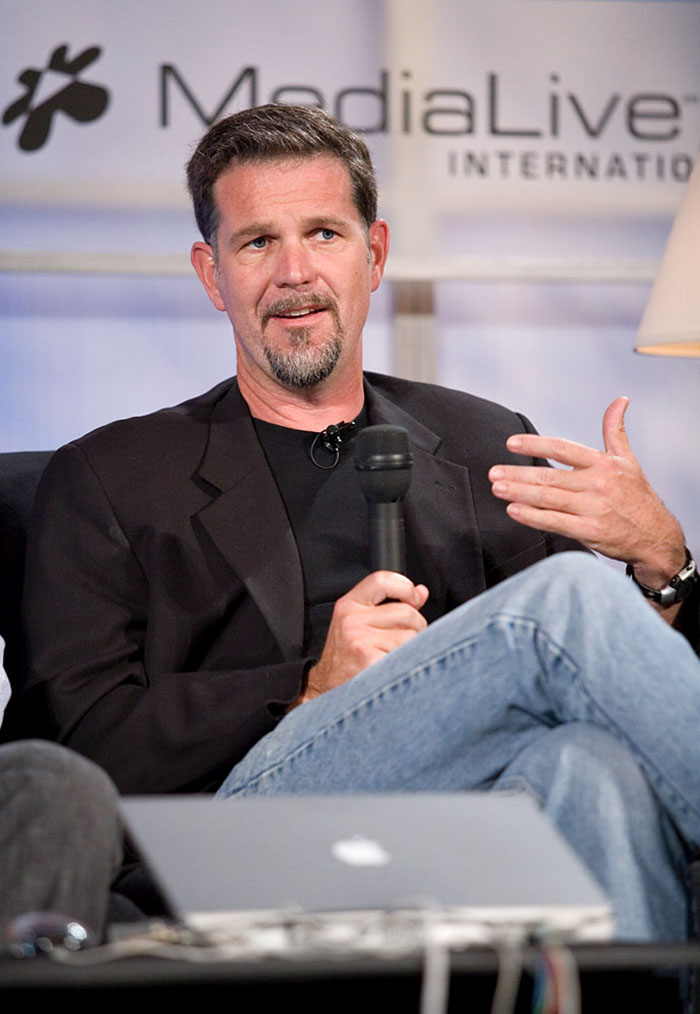
In 2011 Netflix decided to divide its streaming and DVD-by-mail service by creating Qwikster. The idea was to make two different websites for these services, which would lead to higher subscription cost. After receiving harsh criticism, the re-branding was shelved.
Image credits: wikipedia
HP Touchpad, 2011
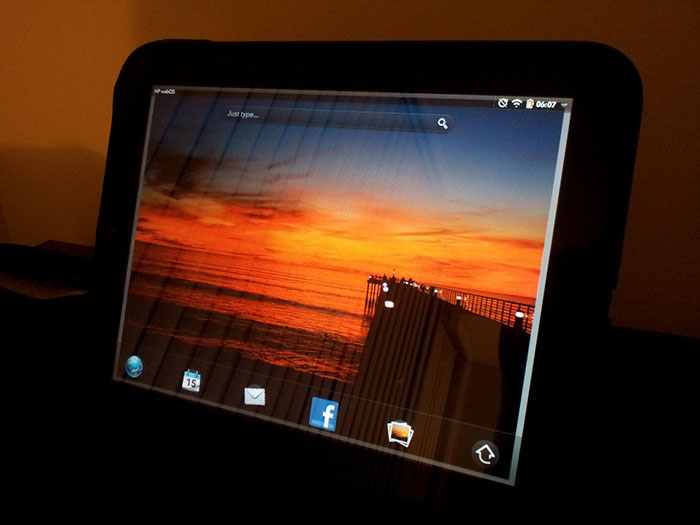
HP attempted to compete with iPad in 2011 by creating TouchPad. However, the new tablet was just like every other tablet on the market failing to deliver something new. It lasted only 49 days on the market selling just 20,000 units.
Image credits: photo4howi
Amazon’s Fire Phone, 2014
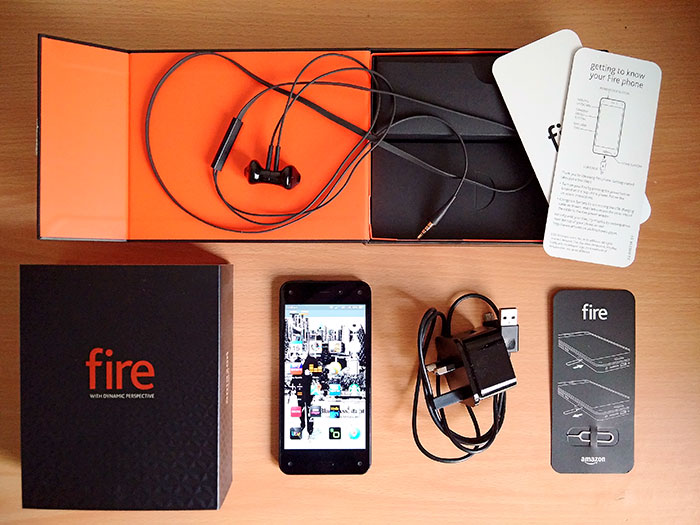
Amazon decided to enter the smartphone market with the Fire Phone in 2014. However, it was very unsuccessful and was discontinued a year later. The company’s CEO Tom Szkutak indicated that the pricing strategy was to blame for this product fail.
Image credits: wikimedia
Samsung Galaxy Note 7, 2016
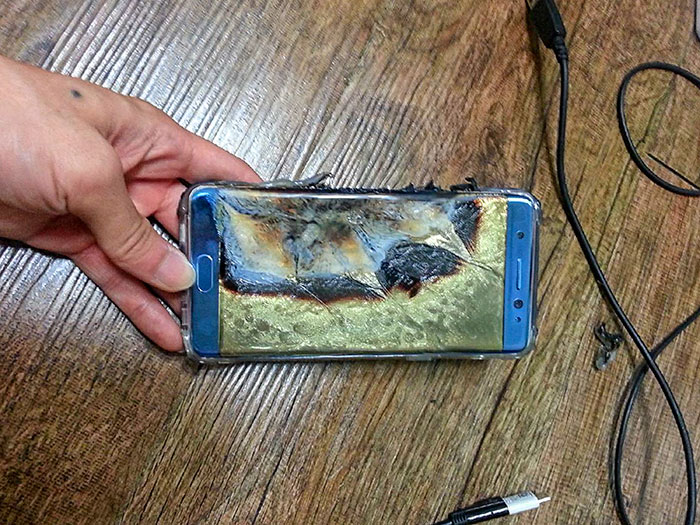
In 2017 everyone has been talking about this explosive failure – Samsung Galaxy Note 7. It lasted less than a year in the market after Samsung had recall around 2.5million phones due to complaints of overheating and exploding batteries.
Image credits: iphonedigital
E.T. the Extra-Terrestrial, Atari, 1982
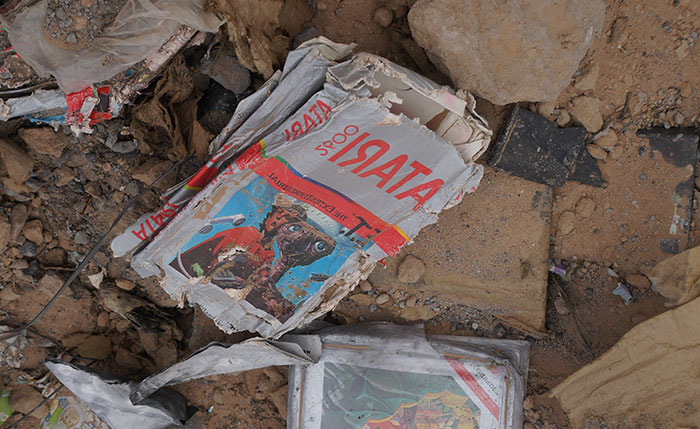
Atari spent $20 million to secure the box office hit E.T. the Extra-Terrestrial thinking they found a profitable source for video game development. The company produced 4 million cartridges however 2.5 million were left unsold and were dumped in a landfill
Image credits: wikimedia
Twitter Peek, 2009
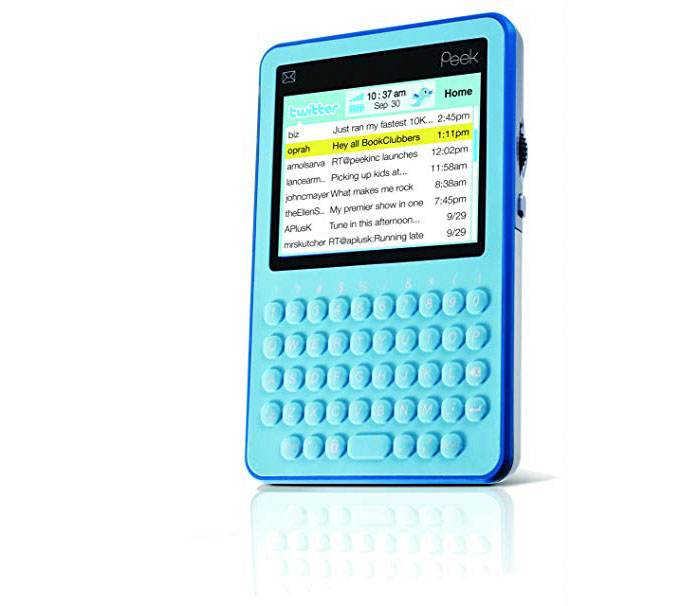
TwwitterPeek is the first Twitter-only mobile device which was launched in 2009. As it turns out it was made to do only one thing – send and receive tweets, but failed at it. The device gave only a 20-character preview of the tweets. No surprise that consumers made a hard pass on this device
Image credits: amazon
Google +, 2011

In 2011 Google launched its new social network Google+. However, it never lived up to their expectations of becoming a Facebook competitor. It was a huge disappointment
Image credits: wikimedia
Gerber Singles, 1974
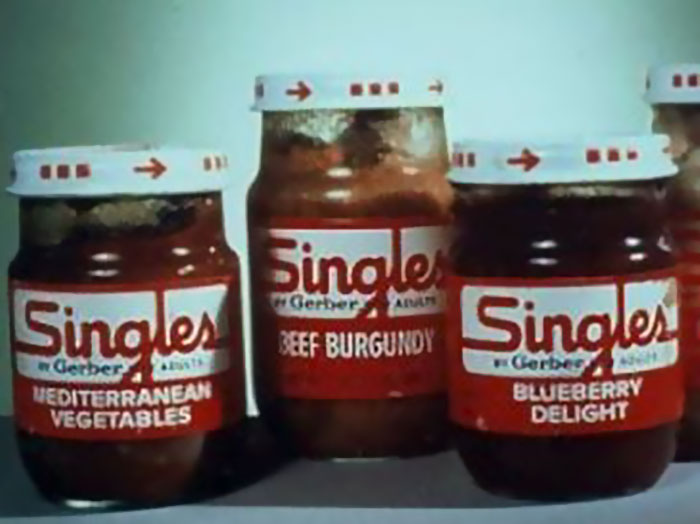
In 1974 Gerber, a maker of baby food came up with an idea to create a ‘baby food’ for adults. Gerber believed that there’s a market for ready to eat food in a jar, but consumers didn’t find jars of meat mush very appetizing and Gerber Singles failed badly.
Image credits: wikipedia
Google Glass, 2013-2014

Google Glass in 2013 was a very flawed attempt to create a smart glasses. The device retailed for $1,500 and didn’t do any of its actions very well. Google Glass also raised some very serious safety and privacy concerns
Image credits: wikipedia
Dreamcast, Sega, 1999
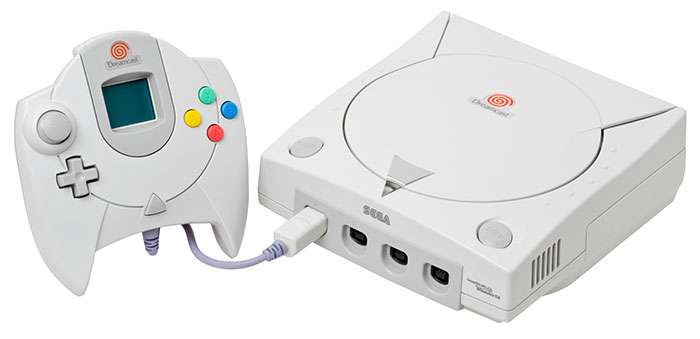
Dreamcast was supposed to put Sega back in the game. As it turns out, Dreamcast was just not as good as PS2. It has lead to a decision for the company to abandon the console business and become a third party developer.
Image credits: wikipedia
Satisfries, Burger King 2013

Burger King’s attempt to make french fries a little more healthy backfired. They introduced Satisfries introduced in 2013 as an alternative to regular fried except with less fat and fewer calories. However consumers weren’t fond of these revamped fries at all, and Burger Kind had to go back to the original french fries
Image credits: Mike Mozart
DeLorean DMC-12, DeLorean Motor Company, 1981
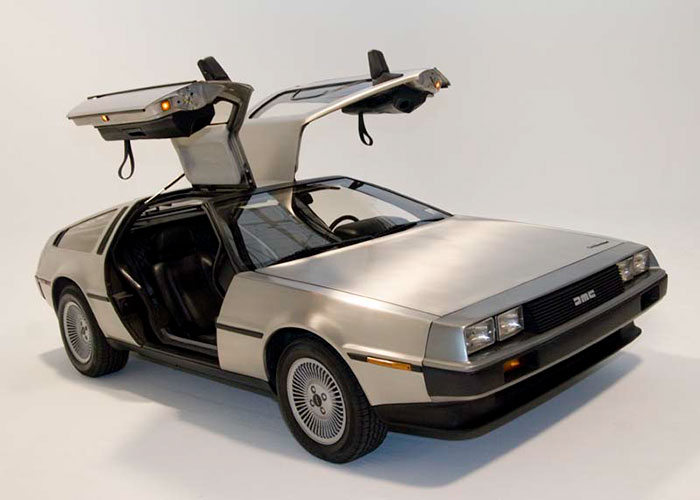
You probably know this car for its appearance in Back to the Future movie. Notable for its gull-wing doors the car was plagued by performance and safety issues. It was on the market only for three years until the production was stopped
Image credits: dave_7
Oakley THUMP, 2005
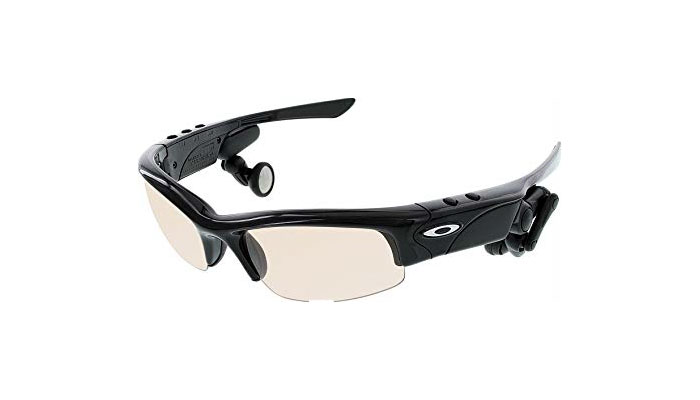
In 2004 Oakley THUMP was launched as the first audio player built into sunglasses. Weak sound, high price (from $249 to $349) and odd fashion failed to gain consumers interest.
Image credits: Amazon
Apple Pippin, 1995
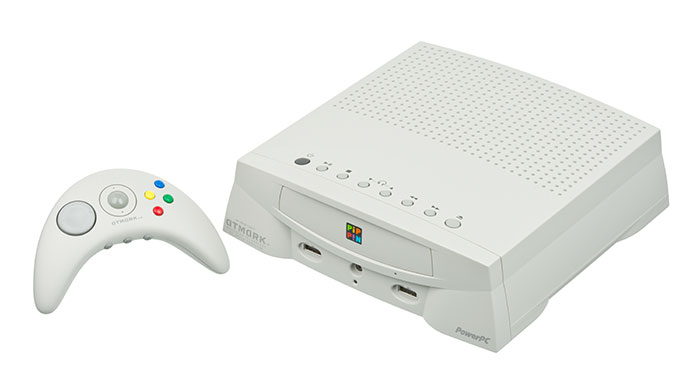
It is estimated that Apple produced 100,000 units of Pippin console and only 42,000 were sold. As it turns out the console which supposed to be a gaming, web browsing and educational device wasn’t that appealing to the consumers
Image credits: wikipedia
Segway, 2001
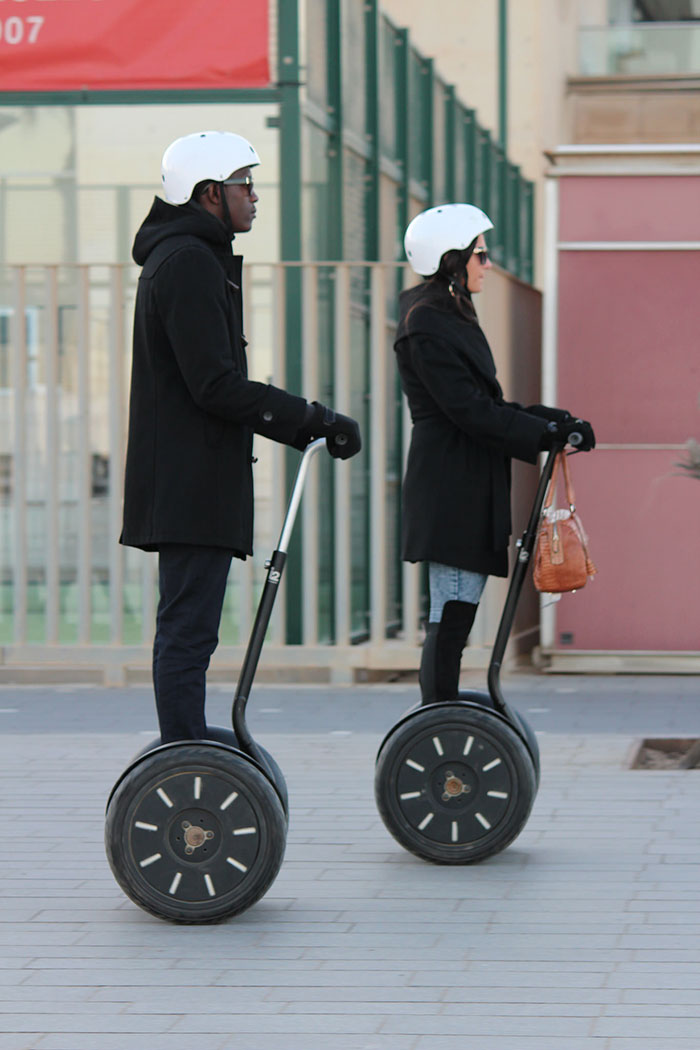
Segway was launched in 2001 with very high expectation. However, this two-wheeled expensive vehicle failed to live up to the hype. Even though it was quite innovative it just wasn’t that appealing or necessary to consumers.
Image credits: Joan Campderrós-i-Canas
Astro Pants, Lululemon 2013

In 2013 Lululemon had to recall its Astro pants because consumers complained that their form-fitting pants were see-through. The incident has led to decreased profits and a lawsuit
Rokr E1, Motorola and Apple 2005

Before Apple created iPhone they partnered up with Motorola to create a new iTunes phone. Sadly, what they came up with was an underpowered phone with a limited storage and a difficulty to upload songs
Image credits: wikipedia
CueCat barcode scanner, Digital Convergence Corporation, 1999
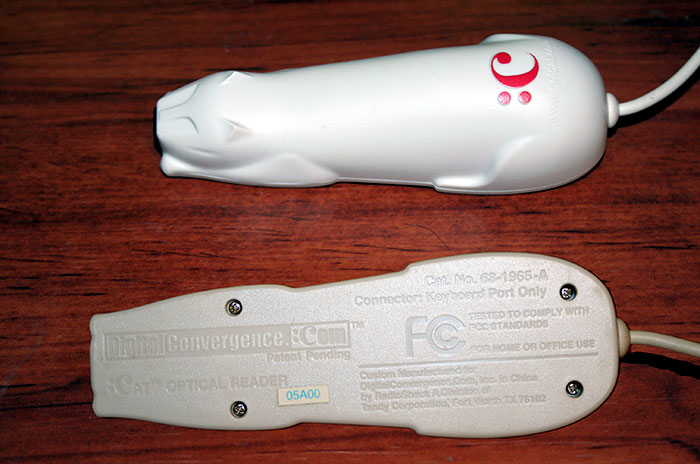
The CueCat was supposed to serve a bridge between the world print media and the internet. After plugging the device into a PC, consumers used it to scan barcodes in magazines, the browser then would open the specialized website associated with the barcode. The product left everyone scratching their heads and it was discontinued after it was deemed as useless
Image credits: wikipedia
Cocaine, Redux Beverages 2007
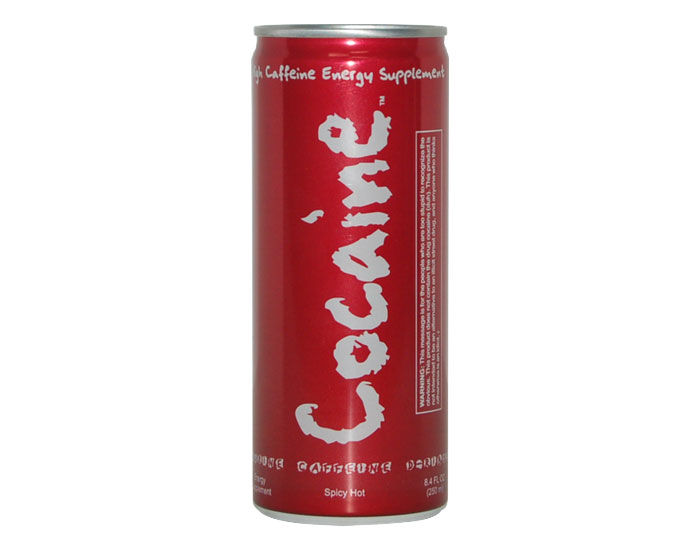
This energy drink was pulled from shelves in the US because of its suggestive name. FDA decided that Cocaine was “was illegally marketing the drink as both a street drug alternative and a dietary supplement”. However, it’s still sold in Europe under the original name.
Image credits: wikipedia
Brewed Coffee In A Box, Maxwell House 1990
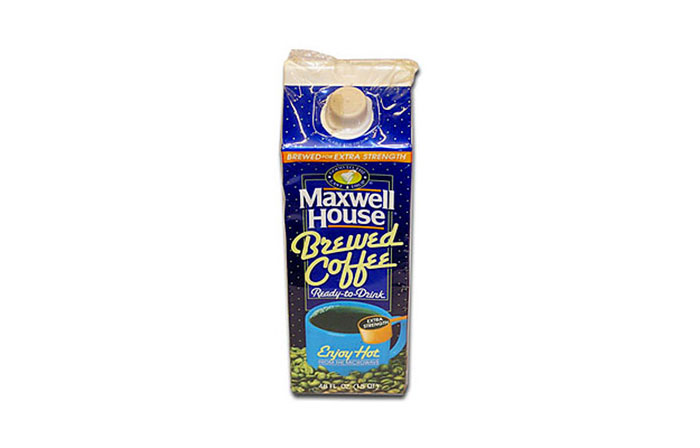
Maxwell House came up with an idea to sell pre-brewed coffee in a cardboard carton. The company missed the opportunity to start a cold-brew coffee trend and instead suggested that consumers should heat up their cold coffee. It’s no surprise that they were not into this idea
Image credits: retailhellunderground
Laserdisc, Philips 1978
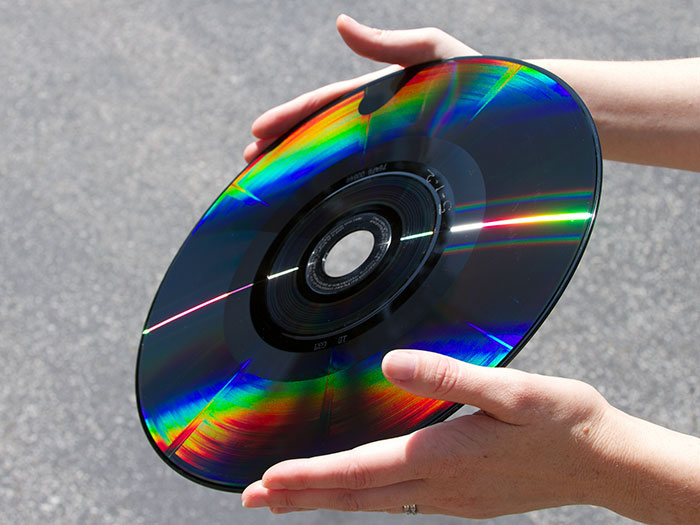
Despite being able to offer higher quality video and audio than its rivals, Laserdisc failed to gain traction
Image credits: Windell Oskay
Mazagran, Starbucks And Pepsi, 1995
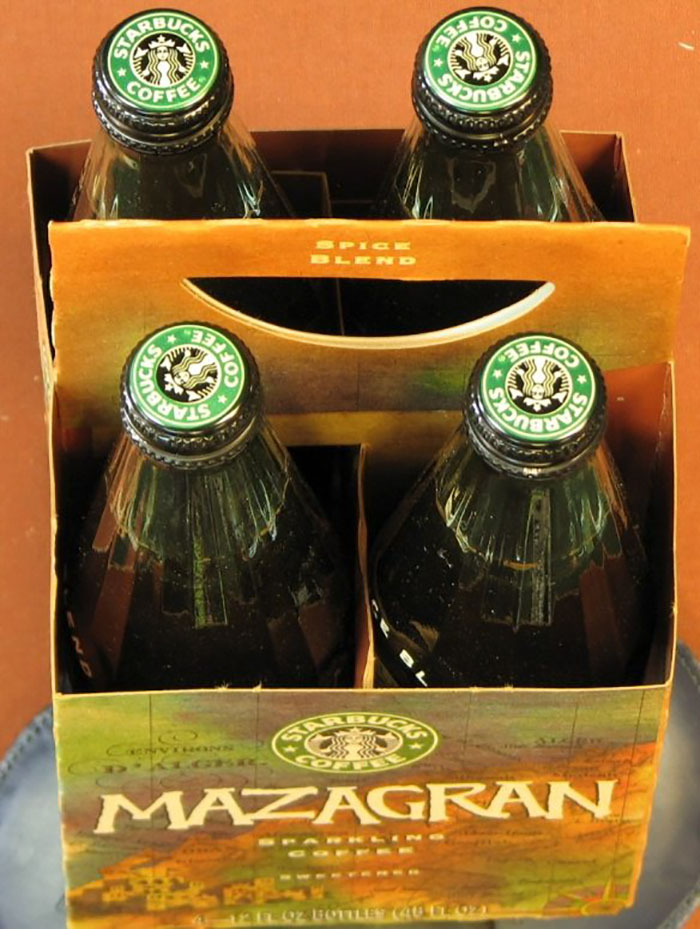
Starbucks and Pepsi partnered on making this carbonated coffee-soda beverage named Mazagran. People couldn’t decide whether they like or hate the drink. Nevertheless, it was discontinued after failing to appeal to the broader audience.
Image credits: starbucks melody
Four loko, Drink Four Brewing Compan, 2005
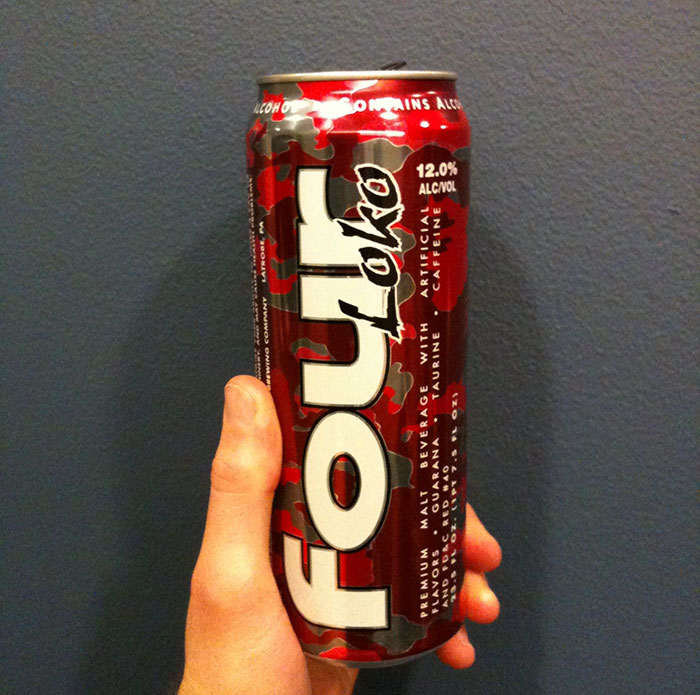
Four Loko used to be an alcoholic beverage combined with caffeine. The drink was the subject of ethical, legal and health concerns. In 2011 FDA declared alcoholic energy drinks a public health concern
Image credits: fred owsley
Ez Squirt Ketchup, Heinz, 2006

In 2000 Heinz decided to add an unexpected twist its ketchup to catch children’s attention. They came up with Ez Squirt colored ketchup which came in three main colors: teal, green, and purple. But this idea wasn’t meant to last in the market. After 6 years it was discontinued
Image credits: wikia
Kitchen Entrees, Colgate, 1982
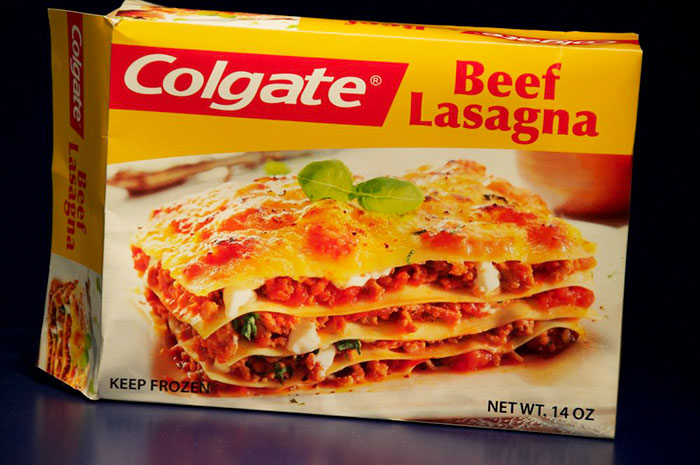
In 1982 Colgate came up with the weirdest brand extension idea. They decided to sell frozen dinners. This plan backfired, probably because consumers couldn’t help but think that Colgate food tastes just like their toothpaste. No company launches a product thinking that it will decrease sales of their other products, but Colgate should’ve seen it coming. Their toothpaste sales plummeted after the launch of kitchen entrees line.
Image credits: nicolle paradise
Mighty Wings, Mcdonalds, 2013
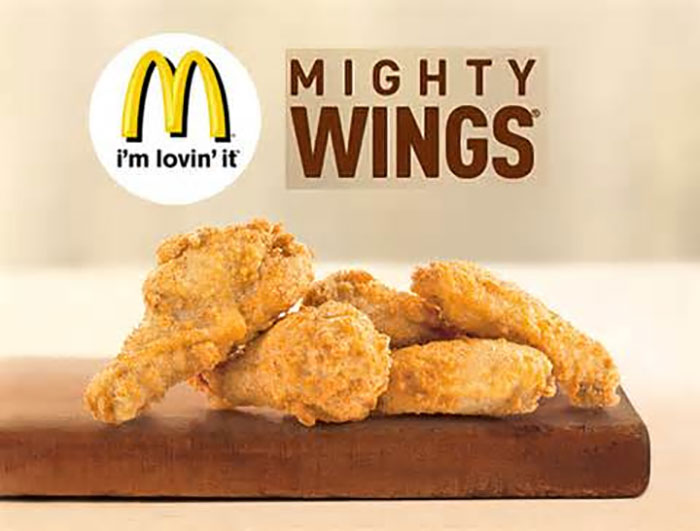
To lure in more customers McDonald once added Mighty Wings to their menu. But this new addition failed to succeed. It is believed that the reason for this flop was price, insufficient taste and the appearance wasn’t appetizing enough. Mighty wings lasted only a year in the market.
Image credits: wikia
Trump Steaks, Donald Trump, 2007
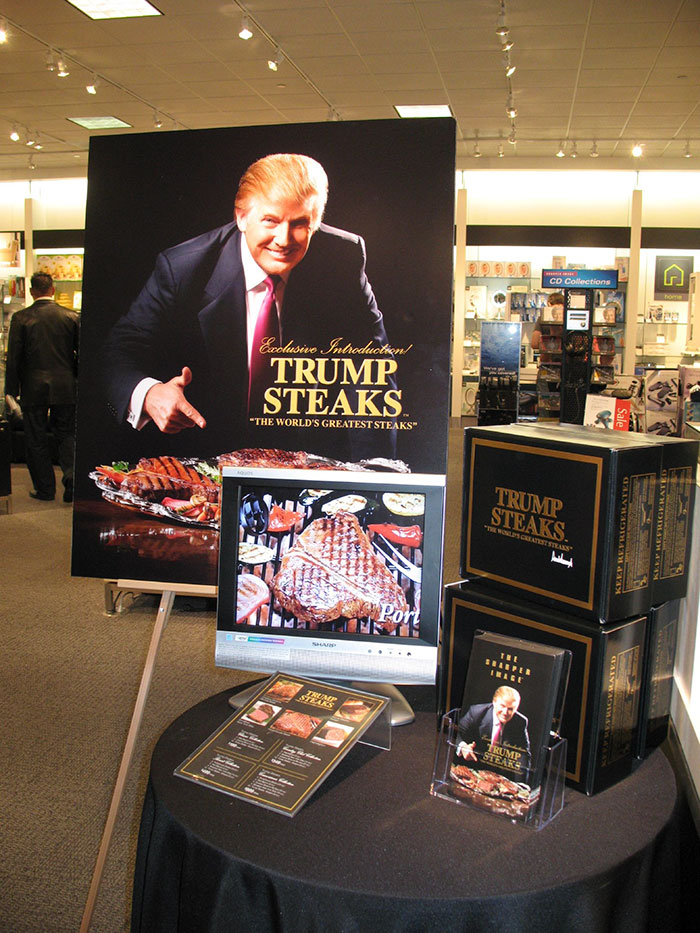
Donald Trump kicked off his “world’s greatest” line of premium steaks in 2007. However, consumers didn’t think the steaks were great. The product was discontinued after just 2 months for not selling well.
Image credits: AIBakker
Breakfast Mates, Kellogg’s, 1998
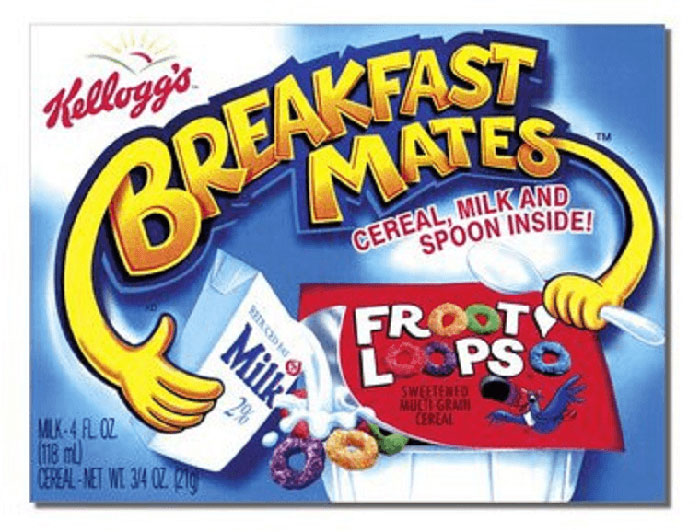
Milk and cereals are a perfect match and Kellogg’s know it well. Maybe a little too well. In 1998 they came up with an idea to sell milk and cereals in the same box. This could’ve been a good and convenient idea. But only after spending $30 million on TV and print ads they realized that they have made a mistake. Breakfast mates were neither convenient for consumers nor tasty.
Image credits: w1nnersclub
Pinto, Ford, 1970
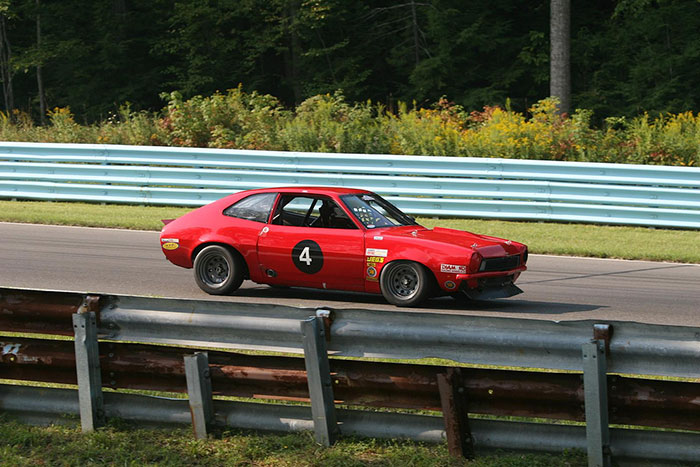
Ford Pinto flop brought huge financial loss to the company and damaged its reputation. The reason behind it – the car is known for deadly fires related to rear-end collisions. These accidents resulted in around 117 lawsuits against Ford.
Image credits: Nathan Bittinger
Cheetos Lip Balm, Cheetos, 2005
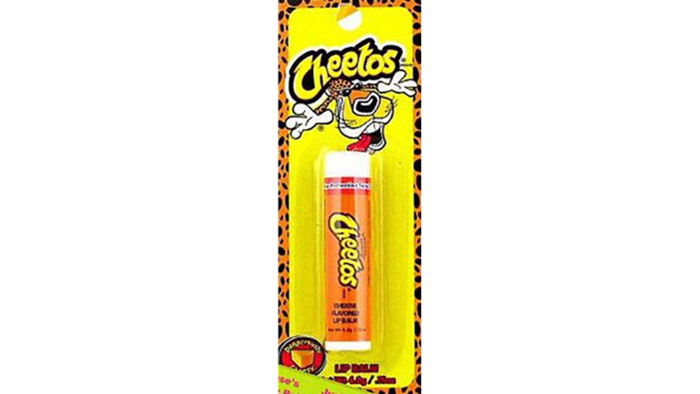
In 2005 someone at Frito-Lay decided it would be a great idea to launch a Cheetos’ flavored lip balm. Even those who had never tried Cheetos will know why this idea flopped.
Nw-hd1 Audio Player, Sony, 2004
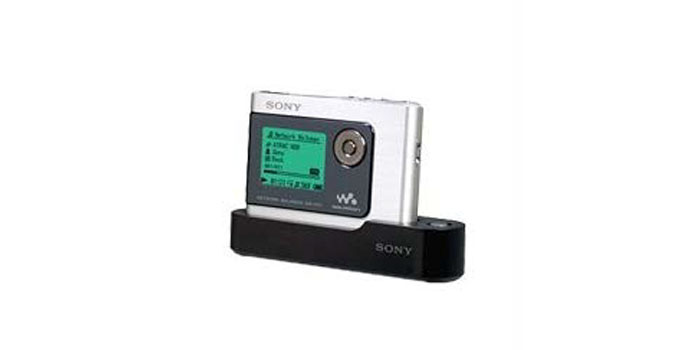
When this audio player came out it was probably the smallest player at the time. However, it was a complete flop because it only supported Sony’s ATRAC3 format. So no MP3, WAV, or WMA support. Also, the price was way too big.
Image credits: Amazon
Nokia N-gage, Nokia, 2003
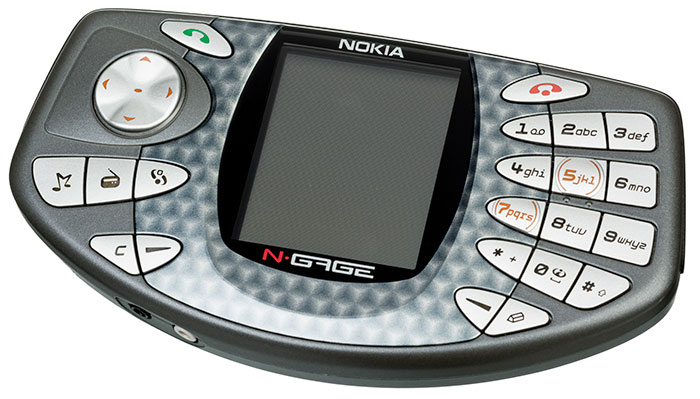
Back in 2003 playing games on our phones wasn’t a thing yet. So Nokia decided to combine phones and gaming. The reception of Nokia N-gage wasn’t what Nokia excepted. This ‘taco phone’, as some people began referring to it, managed to reach only one-third sales of its 6 million units.
Image credits: wikipedia
Cologne, Harley Davidson, 1990
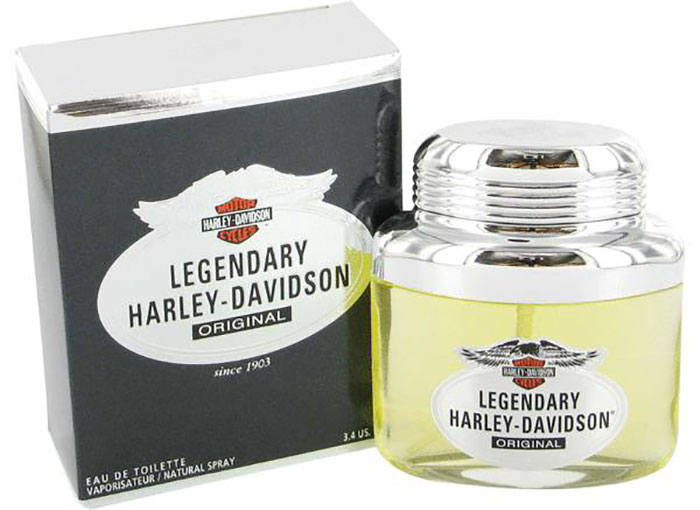
Back in 1990, Harley Davidson went too far with brand extension. The brand released many strange products but it seems that bikers decided that enough is enough after the Harley Davidson introduced cologne. The cologne failed to interest consumers and made Harley Davidson realize that they should stop stretching the brand into other product categories.
Image credits: fragrancex
Eons.com 2007 — 2012
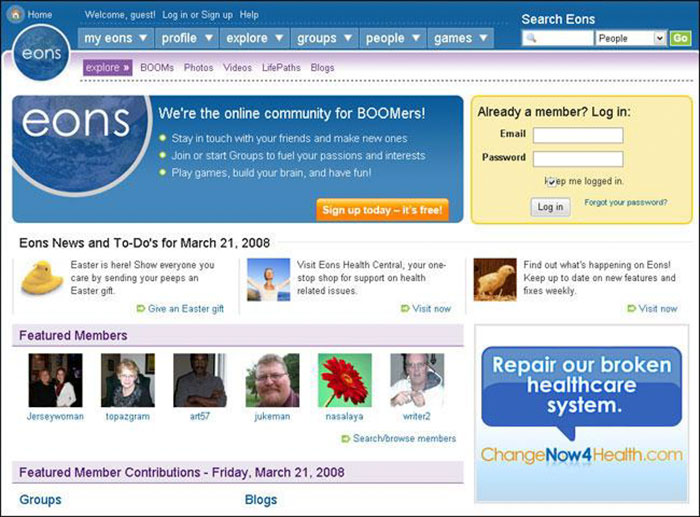
In 2006 a new social media platform for baby boomers and users over 40+ was introduced. But it failed to attract people to sign up. In 2011 it was acquired by an advertising agency that targets matured consumers.
Image credits: pcmag
EV1, General Motors, 1996 — 1999
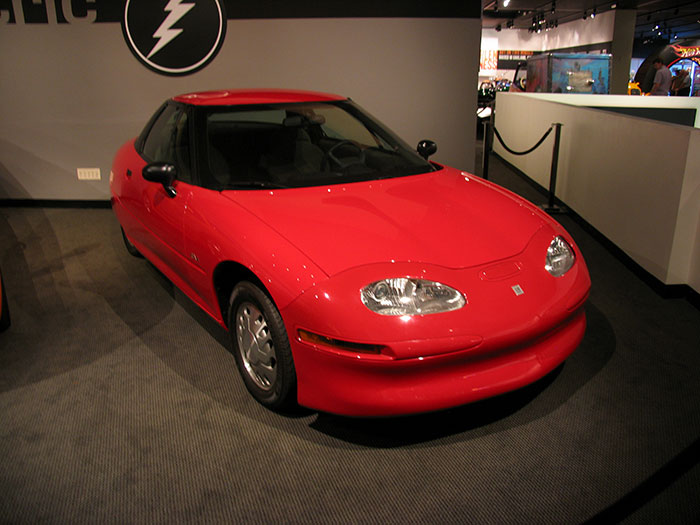
In 1996 General Motors introduced EV1 a first mass-produced electric car. It was a big hit with consumers and environmentalist. However, after 6 years since the release, General Motors recalled this model claiming liability and spare parts problems, making quite a few people angry
Image credits: ilikewaffles11
Frito-Lay Lemonade, Pepsico, 1998
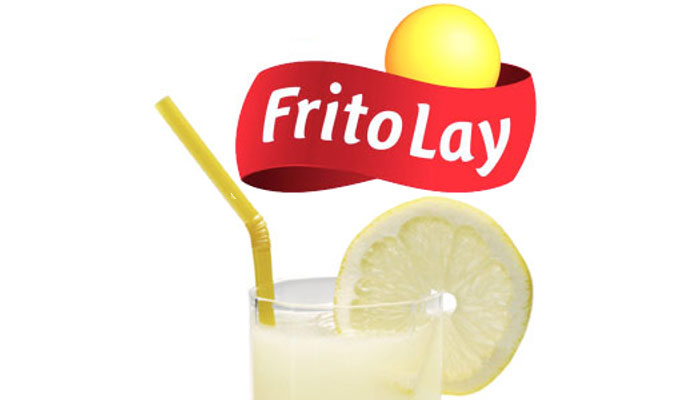
In 1998 leading snack company decided to launch a new drink. They believed that Frito-Lay lemonade would go well with their chips, but consumers disagreed. The lemonade was soon shelved after failing to interest consumers
Hannah Montana Cherries, Disney, 2009
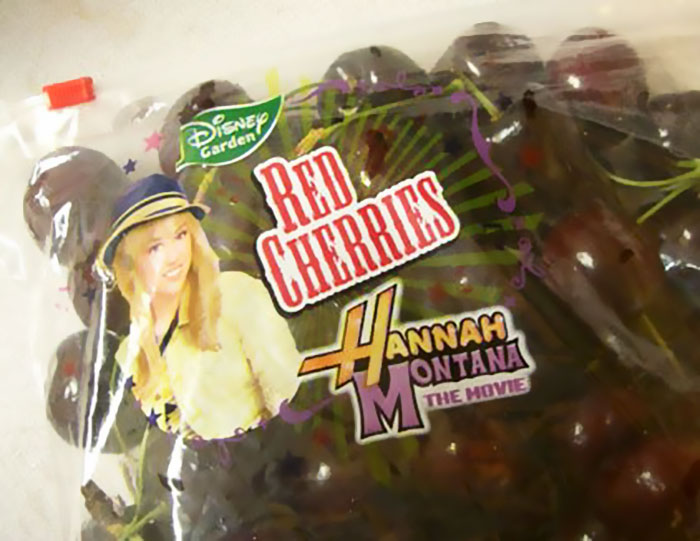
After Hannah Montana became a success, Disney merchandised dozens of products. Some were appropriate, others, like these cherries, not so much…
THIRSTY CAT! AND THIRSTY DOG!, 1994
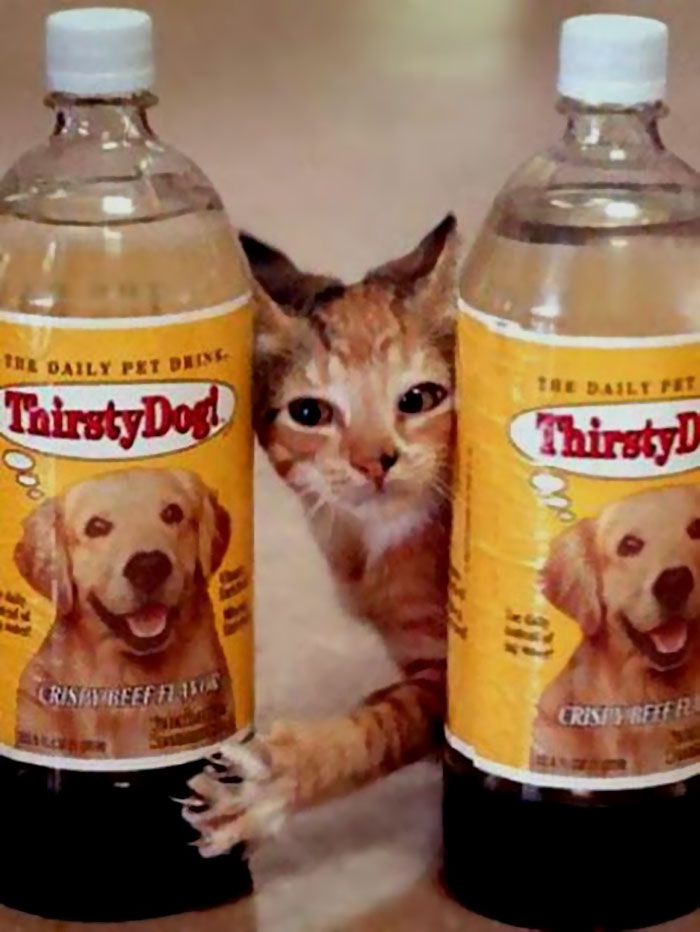
In 1994 a bottled water for cats and dogs were launched. These beverages were carbonated, vitamin enriched and flavored. The product flopped after consumers realized that it’s actually completely unnecessary to give pets this kind of beverage
Corfam, Dupont, 1963
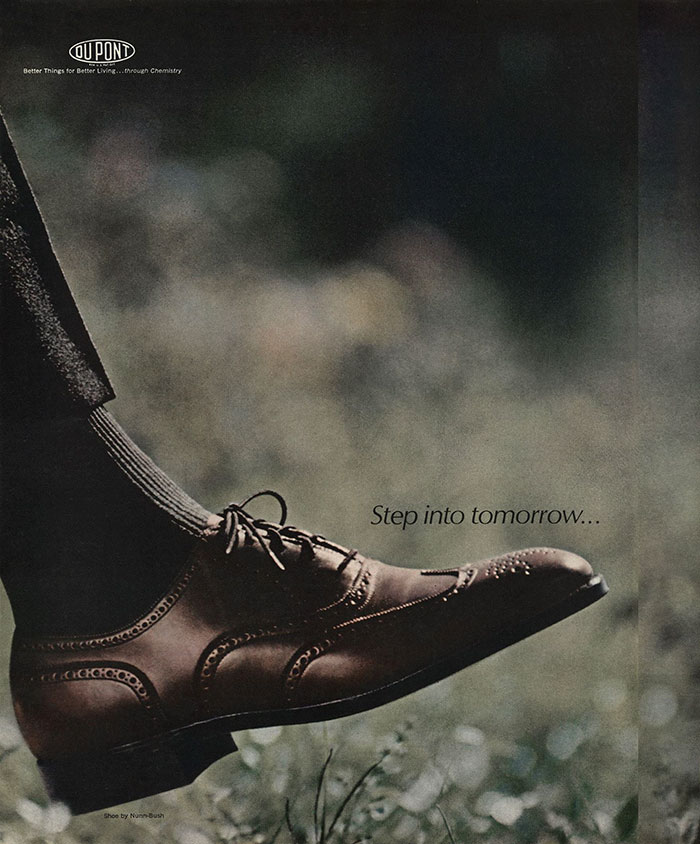
In 1964 DuPont launched Corfam shoes with synthetic leather. They were advertised as a much better alternative to leather shoes and made quite a few people excited about this new product. However, these shoes flopped after people started complaining that the shoes were stiff and too hot for feet. It resulted in the company losing over $100 million.
Image credits: vcleat
Blak, Coca-cola, 2006
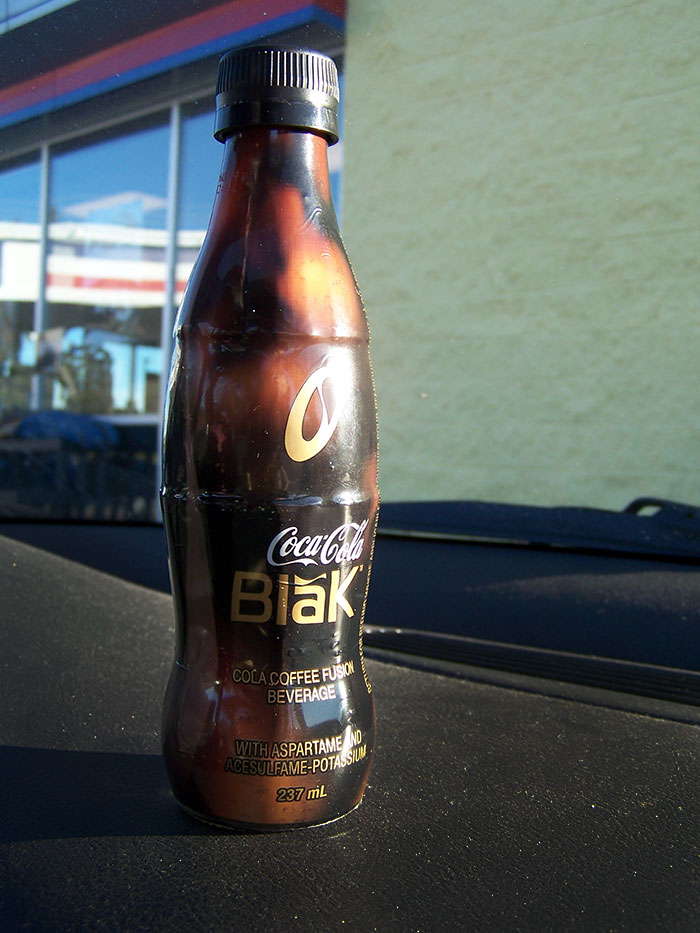
In 2006 Coca-Cola combined Cola with caffeine and introduced new beverage Blak. The drink was shelved a couple years later when people began to complain of poor taste and excess caffeine
Image credits: Rob Durdle
Rejuvenique Face Mask, 1999
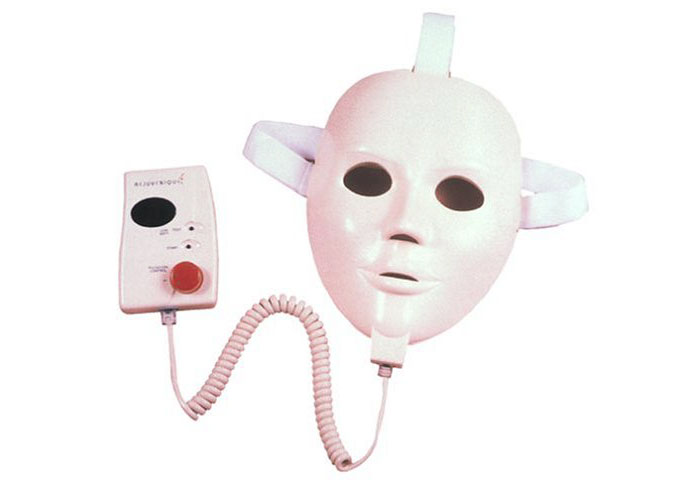
In 1999 the nightmarish Rejuvenique Facial Toning Mask was launched. This creepy mask was intended to tighten facial muscles with… shock therapy. Consumers revealed that it feels as bad as it sounds.
Image credits: Amazon
Juicero, 2017
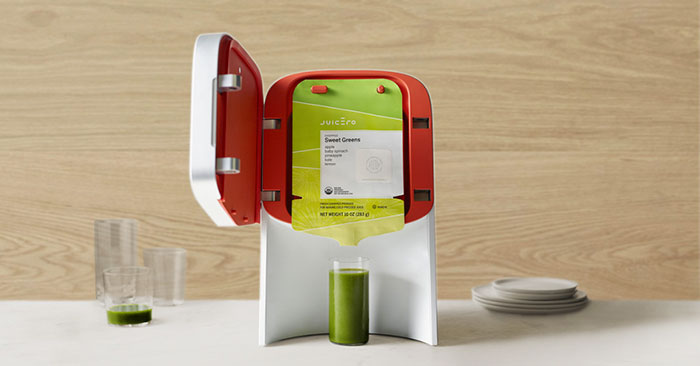
In 2013 Juicero introduced a juicer called the Juicero Press. This device was sold with packets of pre-juiced fruits and vegetables sold exclusively by the company. The company faced scrutiny when consumers realized that these packets could be squeezed by hand just as efficiently as with a juicer. Later, company announced that it was suspending the sales of the juicer and repurchasing it from costumers.
Parfum Bic, 1989 – 1990
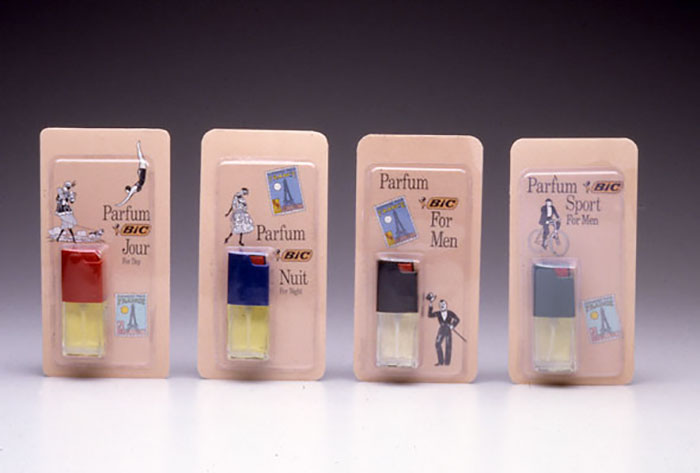
In 1989 Bic decided to launch a completely unrelated product to its brand – perfume. People were not impressed. Bic removed the fragrance off shelves the following year, swallowing an estimated $11 million loss.
Napster, 1999
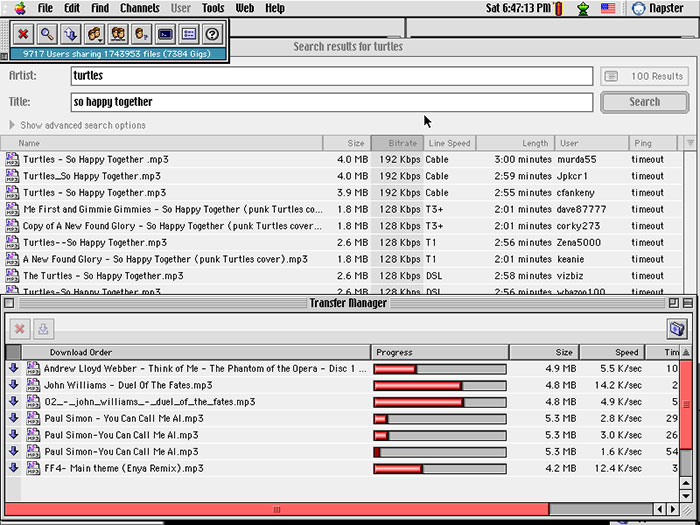
In the late 90’s a startup called Napster was launch. Napster offered freemusic sharing services and was used by more than 80 million users. Soon enough the lawsuits against the company for copyright infringement began to pile up and Napster had to end their services.
Image credits: wikipedia
Trump: The Game, 1989
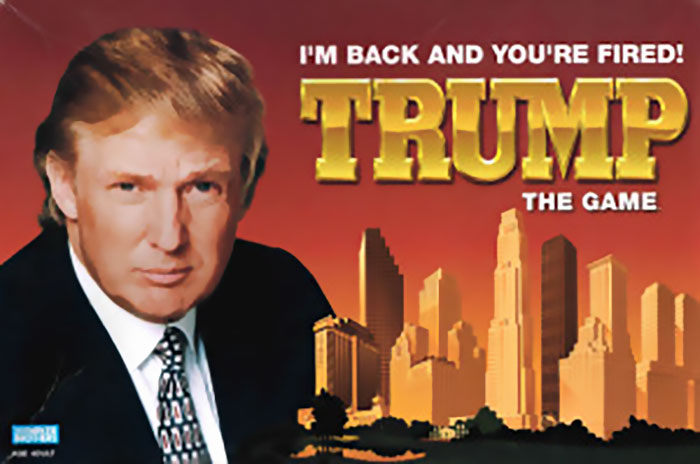
In 2011 Time magazine listed this game among “Top 10 Donald Trump Failures”. This game was released in 1989 with only 800,000 copies sold out of an expected two million.
Image credits: wikipedia
Bic For Her, 2012
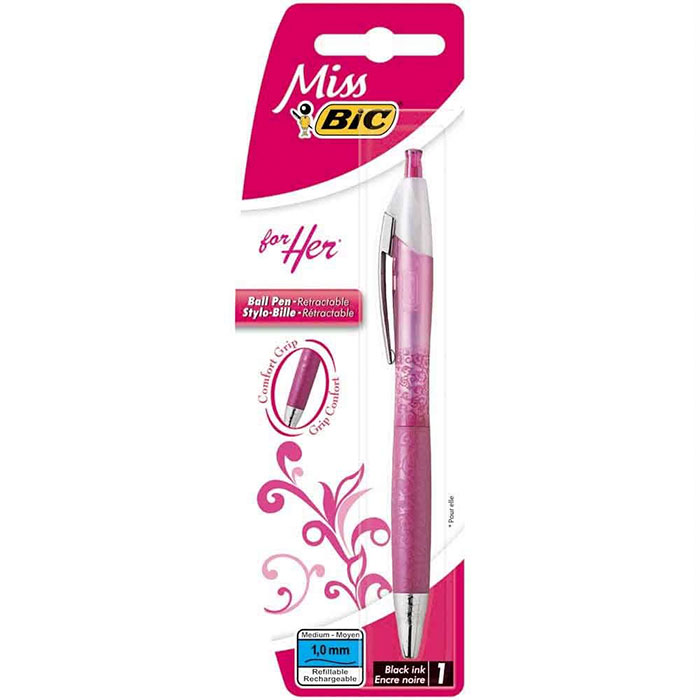
In 2012 Bic released a product for women they didn’t even know they needed – “lady pens”. These pointlessly gendered pens were mocked and failed to gain a consumer base
Image credits: Amazon
Pepsi Blue, 2002
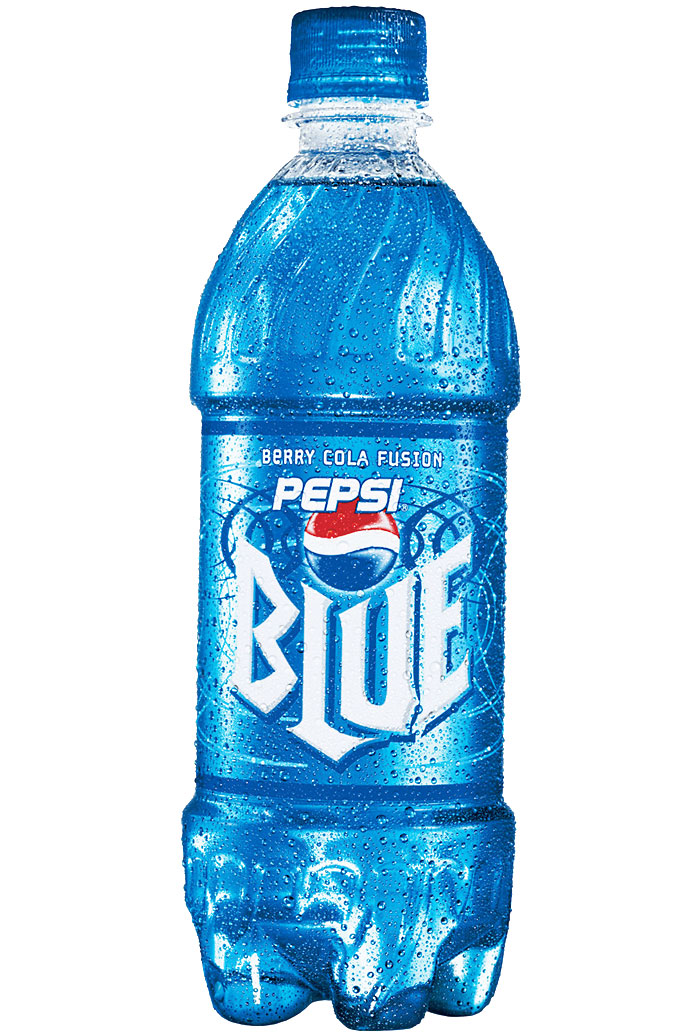
In 2002 Pepsi launched a new drink Pepsi Blue to compete with Vanilla Coke. Despite being heavily promoted this new beverage flopped. It was meant to take like berries, however, consumers said it tastes more like more like cotton candy with a berry-like aftertaste.
Image credits: wikia
Office Assistant Clippy, Microsoft, 1990s
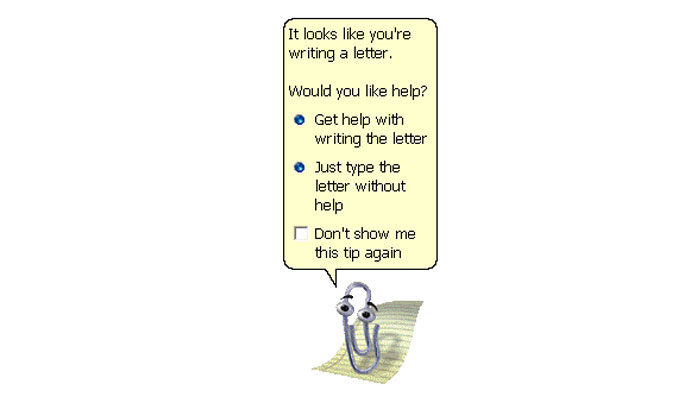
Clippy is described by some as the worst user interfaces ever developed. Clippy was designed to pop up whenever the software though that the user need help and annoyed quite a few people. After Microsoft acknowledged it’s unpopularity they decided to remove the feature.
Image credits: wikipedia
Vio, Coca-Cola Company, 2009
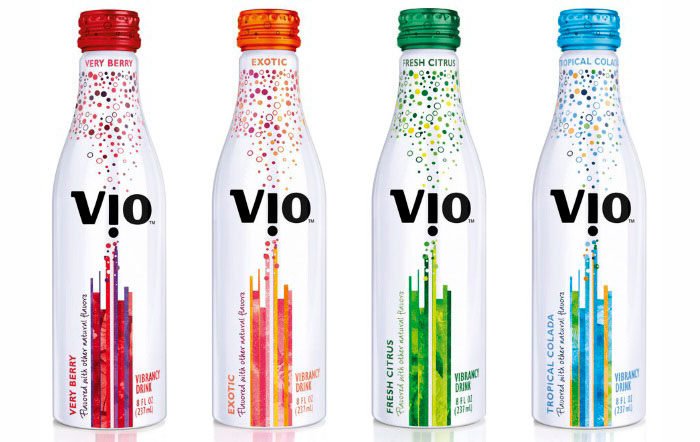
Introduced in 2009 Vio a beverage by The Coca-cola company failed to win consumer’s hearts. Why? Probably because flavored milk mixed with carbonated water is an odd combination.
Image credits: beelingwa
Vegemite iSnack 2.0, 2009
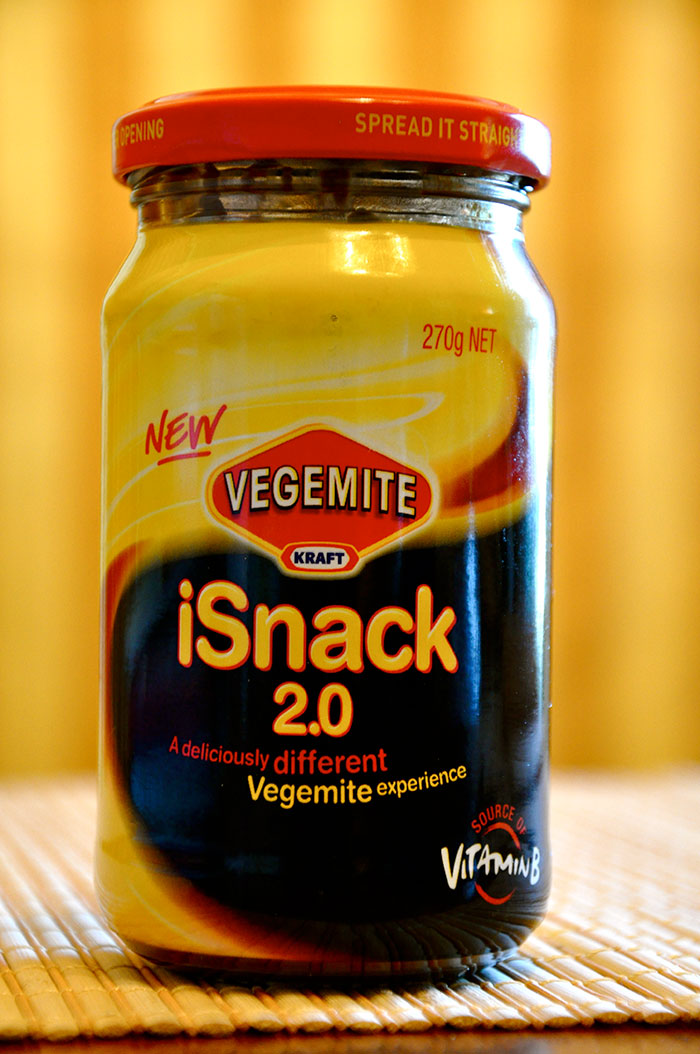
In 2009 Vegemite received 48,000 suggestion on how to name the new cheese-based spread. And it seems that from all the suggestion they had, they decided to go with the worst one – iSnack 2.0. It was widely ridiculed and protested and it made the company to rethink their choice
Image credits: Kimberly Vardeman
Starbucks Unicorn Frappuccino Starbucks, 2017
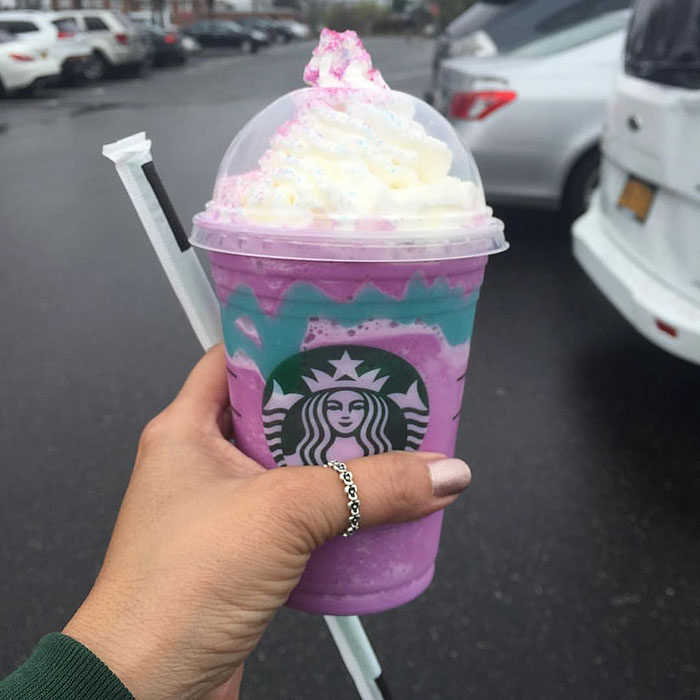
When Starbucks launched Unicorn Frappuccino it made people freak out of how good it looked on their Instagram feeds. However, the taste didn’t live up to the hype and left many people disappointed.
Image credits: Michelle oshen
Jimmy Dean Chocolate Chip Pancake-wrapped Sausage, 2006
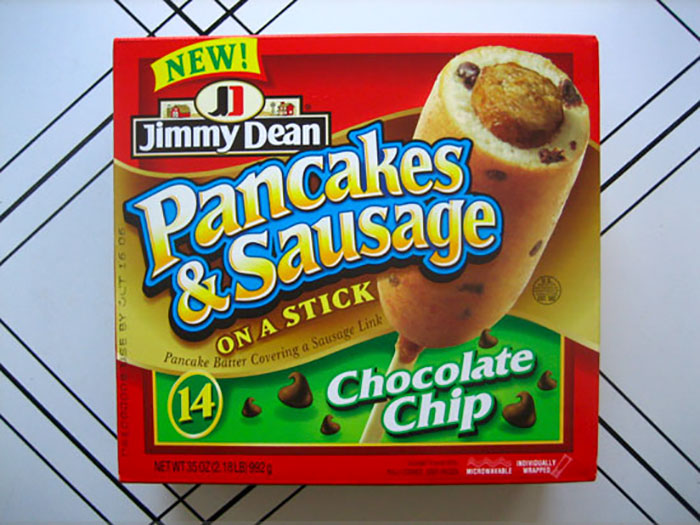
In 2016 Jimmy Dean introduced a strange combination – sausage link wrapped with chocolate chip pancakes on a stick. For a quite obvious reason, this product didn’t last long.
Image credits: cabel
Hoverboards, 2015
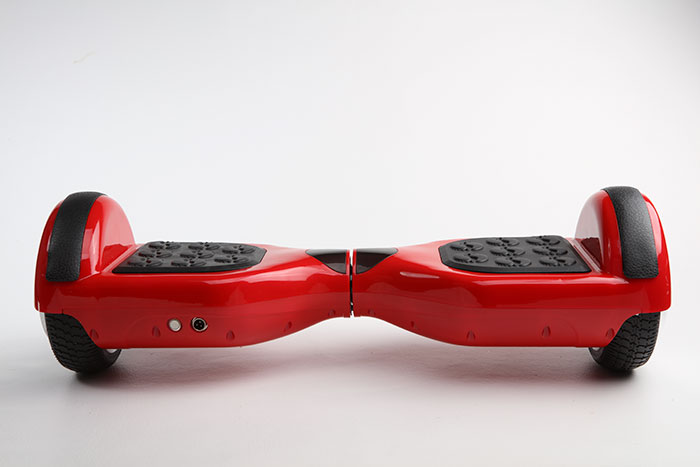
In 2015 hoverboards turned out to be one of the biggest tech flops. why? Because they can potentially catch fire and burn your house down.
Image credits: Soar Boards
Eyetop Wearable DVD player, 2004
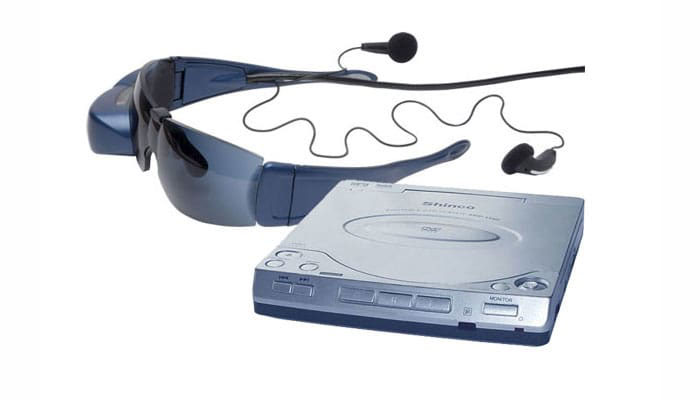
Eyetop Wearable DVD player was designed to allow you to watch DVD’s on the go. 320 x 240 pixel LCD screen mounted in the right piece of the glasses was supposed to simulate 14-inch screen. The product flopped as user began to complain of motion sickness
Image credits: want
Windows Vista, Microsoft, 2007
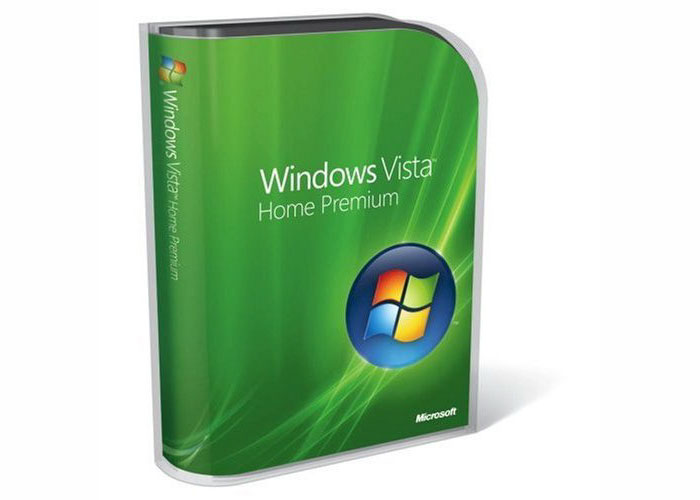
Operating system Windows Vista released in 2007 turned out to be a huge failure. It flopped due to issues with new security features, performance, driver support and product activation.
Image credits: J.M.
Hot Wheels and Barbie computers, 1999
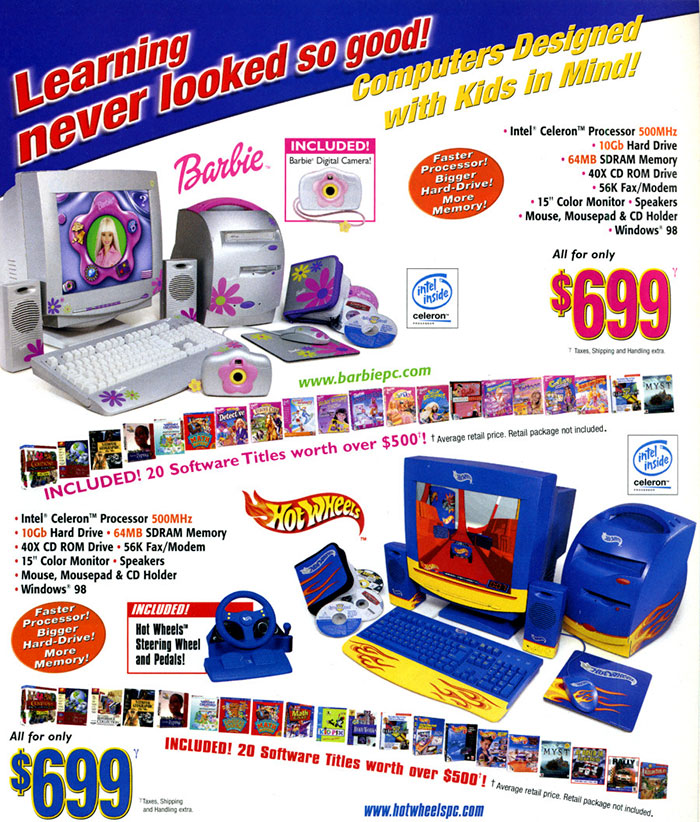
Hot Wheels and Barbie computers came with so many manufacturing issues that it drove the company out of business, with thousands of unfilled orders.
Image credits: vintagecomputing
Mars Needs Moms, Walt Disney Motion, 2011
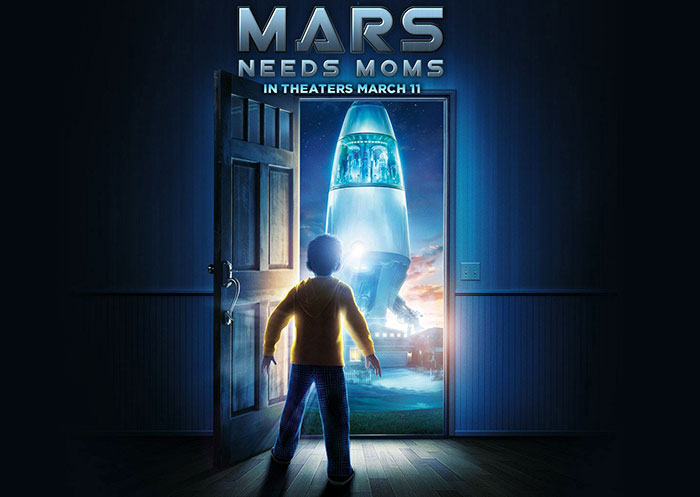
Mars Needs Moms was an utter disappointment for Disney. The animated film cost $150 million to produce and probably $50 million more went to marketing. The saddest part is that the movie only made only $6.9 million in its debut at the domestic box office. It is considered the worst flop of 2011.
from Bored Panda https://ift.tt/2A77koP

